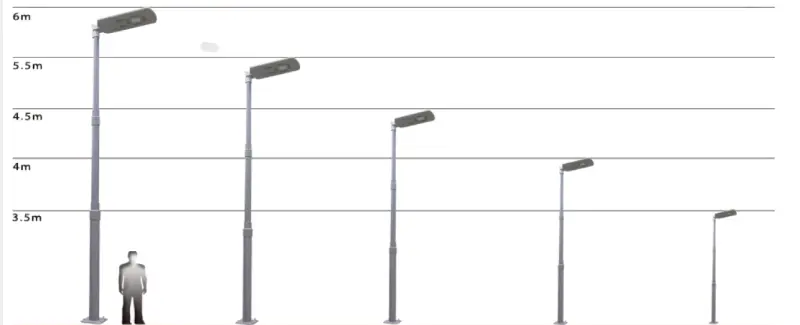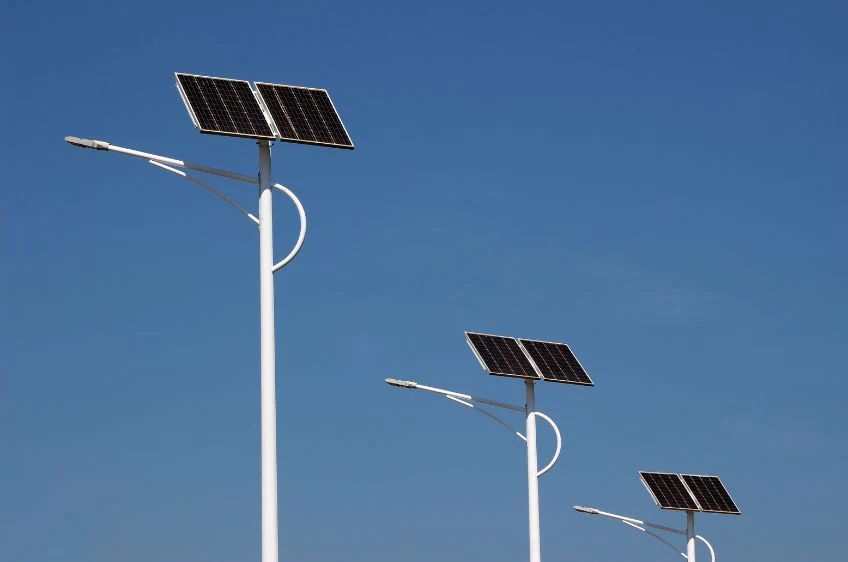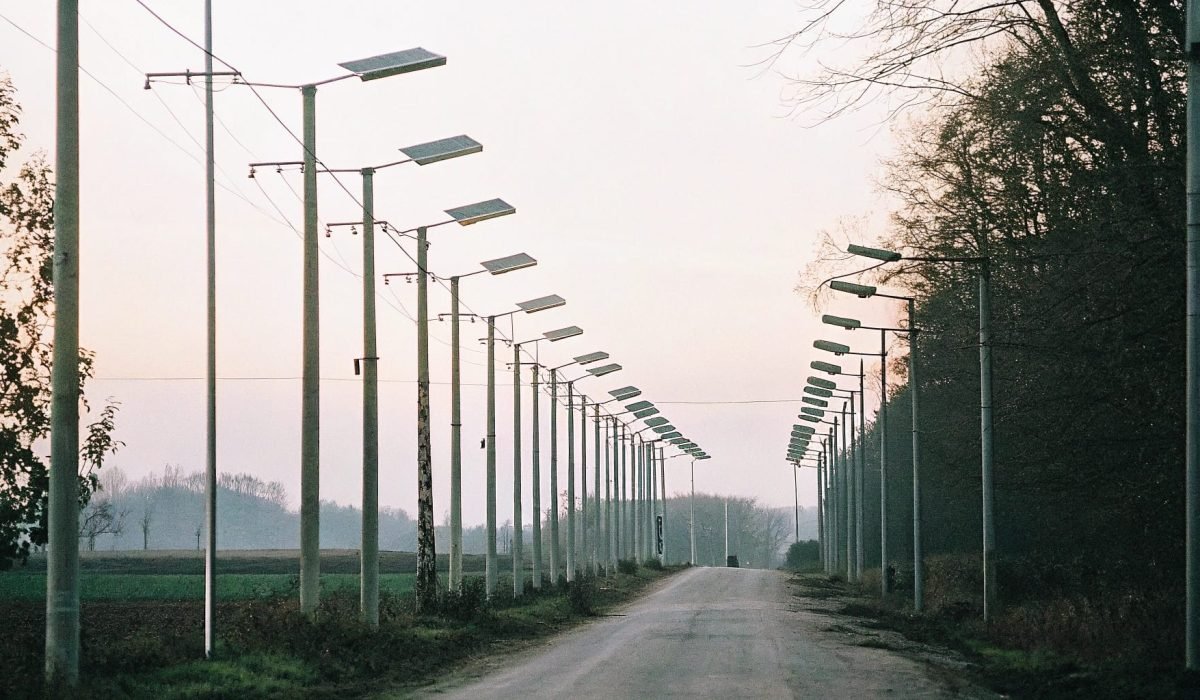Choosing the right solar street lighting system isn’t just about specs—it’s about how it will hold up under real-world conditions. A wrong decision now could cost you more in maintenance, downtime, or even complete system replacements later.
For projects needing fast setup and sleek looks, All-in-One lights may work. But if you're aiming for long-term reliability and easy servicing—especially in hot climates—Split-Type often wins.
Both systems have strengths, but the better fit depends on where and how you’ll use them.
What’s Special About All-in-One Solar Street Lights?
When time is short and teams are small, complexity becomes a problem. All-in-One lights solve that by integrating everything—solar panel, LED, controller, and battery—into one compact unit.
The biggest benefit? Simplicity. You mount it, and it works. No external battery housing, no extra cabling.

How They Really Perform
These lights are especially popular for municipal pilots or housing projects, where you don’t want to deal with electrical routing. I installed a batch of 60 units on a small town road two years ago—it took less than two days. But two of them failed within 18 months. The battery couldn’t handle the internal heat and there was no way to replace it without swapping the entire head.
Also, the design doesn’t allow you to adjust the panel angle separately, which can be a problem if poles aren’t aligned due south. Engineers can use pole adapters, but that adds parts and cost.
They’re best where deployment speed matters more than future flexibility—think temporary markets, parking lots, or local roads where security risks are high.
Why Consider Split-Type Solar Street Lights?
Now, if your project is larger—say a main road stretch or a school campus—the picture changes. You need something that can be repaired, modified, and kept running with minimal overhead. That’s where Split-Type lights come in.
By keeping the panel, battery, and LED module separate, you gain serious control over placement, cooling, and replacement.

Our Experience in Uganda
We once installed Split-Type systems along a 3-km stretch near Soroti. Batteries were mounted inside small steel cabinets at the base, shaded by trees. Even after three dry seasons, not a single battery overheated or leaked—something we can't guarantee with compact designs.
You can also size each component to need: need brighter output? Upgrade just the LED module. Battery losing capacity? No need to unbolt the light head.
Yes, installation takes longer. We needed skilled electricians to handle the wiring and ensure moisture sealing at joints. But once done, you have a system that’s much easier to service locally. Plus, it’s quieter to replace just the battery—your end users won’t even notice.
How Do They Stack Up?
| Feature | All-in-One | Split-Type |
|---|---|---|
| Installation Speed | Fast | Slower (wiring, separate mounts) |
| Maintenance | Whole unit replacement | Replace parts individually |
| Initial Cost | Lower | Higher upfront |
| Upgrade Options | Limited | Flexible (LED, battery, etc.) |
| Climate Performance | Risk of internal overheating | Better cooling via separation |
| Aesthetics & Security | Sleek, sealed unit | Needs tamper-resistant cabinets |
What I Like (and Don’t) About Each
All-in-One: Easy Win, But Risky for Long-Term
- ✅ Weighs less, easier to mount at height
- ✅ Visually cleaner—some clients love the look
- ❌ Limited lifespan in hot zones
- ❌ You’re stuck with fixed wattage and panel angle
- ❌ Full replacement even if just the battery fails
Split-Type: More Work, More Payoff
- ✅ Swappable parts save time and money in the long run
- ✅ Keeps batteries cooler, especially critical above 30°C
- ✅ Flexibility is a huge plus for phased upgrades
- ❌ Cabling must be well protected—poor work leads to short-circuits
- ❌ Labor costs are higher at install time
Which Should You Choose?
I wouldn’t say there’s a perfect answer. It depends on your project profile:
Go with All-in-One if:
- You're installing fewer than 100 lights
- Time and labor are tight
- Security risks are high (sealed unit is tamper-resistant)
- You’re covering markets, small streets, or gated communities
Choose Split-Type when:
- You expect the lights to run 5+ years with minor tweaks
- Heat is a concern—like in Northern Uganda, Sudan, or Ghana
- You plan to scale or upgrade in phases
- You have access to a small team that can manage parts maintenance
Breaking Down ROI (Cost vs. Value)
| System Type | Upfront Cost | Servicing Cost* | Performance Longevity | Best ROI Use Case |
|---|---|---|---|---|
| All-in-One | $ | $$ (replace full head) | 2–3 years typical | Rapid, budget-limited rollout |
| Split-Type | $$$ | $ (swap battery only) | 5–8 years with servicing | Scalable, hot-zone projects |
* Estimates based on conditions in East and West Africa.
In my experience, Split-Type lights pay off after Year 3, especially if you’re dealing with high UV, dust, and temps over 32°C.
Final Thoughts
There’s no one-size-fits-all. For speed, choose All-in-One. For endurance, go Split-Type. When clients ask me which to pick, I ask three things:
Where’s it going? How long should it last? Who’s maintaining it?
Answer that—and your system choice becomes clear.


